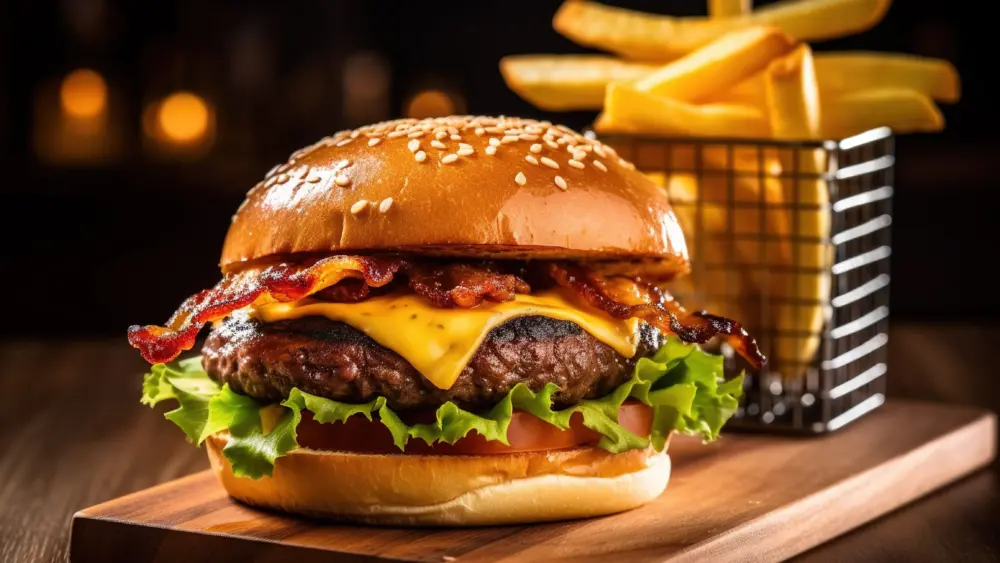What is an “upscale sports bar”? I’m certain there’s an oxymoron in there somewhere.
Last month I commented on the large number of retailers and restaurants leaving established space in St. Helena in favor of a new home in Calistoga. No sooner did that column go to print than I learned of another up-valley blow. Calistoga’s JoLe, home to a coconut cream pie I dubbed the best dessert in the valley, closed in January despite packed houses and critical raves. The sign tacked up at the restaurant wielded the knife deeper, as it revealed what would become of that space and its neighbor, Barolo.
New owners Michael Dunsford (Calistoga Inn) and his chef, Nicolas Montanez, plan to convert the spaces into an American food, family-style restaurant/raw bar/sashimi/upscale sports bar/whatever else can be smashed into a collective space. It’s hard to imagine the food will be as notable as JoLe, given the new proprietors can’t seem to make up their mind as to what type of restaurant theme to go for.
And what is an “upscale sports bar”? I’m certain there’s an oxymoron in there somewhere. The sports bar side will sit where Barolo once did and offer breakfast, lunch and dinner, along with booze and brews; the “bistro” side will reside in JoLe’s former space and feature American “classics” that Napa Valley is apparently lacking. Sports bar patrons will be able to order from the bistro side menu. Call me snooty, but if I want a sports bar, I go to one—I don’t expect to find a sashimi or raw bar at the same time.
I’m reminded of one of my father’s more useful tough talks: “Decide what you want to do with your life and do it. Doing one thing really well is a lot better than trying to be the be-all/do-all and failing.” Spoken like the true IBM man he was. I realize the notion of picking and sticking with one restaurant theme might be antiquated thinking in a time where we text, tweet and post our lives away, but seriously? For the sake of what had started to look like the rise of Calistoga’s culinary scene, here’s hoping I’m wrong.
Bring on the barrels
Thankfully there are certain trades, like barrel coopering, that hold tight to that tradition of doing one thing, very well, which I observed when I dropped into Barrel Builders’ Calistoga warehouse. The company has been in the barrel trade since the early 1970s when it was one of few in Napa Valley. Decades later, while the company cops to using some machinery, it still prefers to do most of the work by hand. “We don’t have the assembly line scale of doing things here,” says owner Phil Burton.
One would think, with exploding markets like China, the demand for French Oak barrels would threaten to dwarf supply, but not so, according to Julien Hittos of Tonnellerie Marchive, Burton’s European supplier for French Oak barrels. “For every forest that is cut, we automatically replant, so there’s no concern of depleted sources. The increase in the barrel market is approximately 1 percent per year, so that’s sustainable. For the moment, we’re not too scared about the future of oak.”
Burton entertains me with anecdotes and barrel humor that gets animated when he speaks about the introduction of barrel alternatives (also known as adjuncts or agents): “A couple of decades ago, the Alcohol and Tobacco Tax and Trade Bureau [TTB] was pushed into a ruling. It came out with a line that said, ‘As long as adjuncts aren’t gunmetal grey or darker than the color of American cigarette tobacco, they could be used in wine.’ It got to refer to alcohol, tobacco and firearms in one sentence. Of course now [adjuncts are] a huge fixture in winemaking.”
So will oak alternatives overtake the use of traditional barrels? “If you talk to someone who only sells adjuncts, they’ll swear up and down that they can mimic what a barrel does,” he continues. “But if that was true, why do high-end wineries spend millions of dollars on barrels annually? Of course, I grew up with barrels and think they’re a wonderful, romantic, beautiful container.”
Says Hittos, “Lately we hear winemakers say they don’t want to feel the barrel.”
Burton explains: “It’s this idea that the barrel makes a contribution to the wine—it’s better because of it—but they don’t want to know it’s there. It’s the idea that we could design cooperage for specific wines.”
Changing with the times is one thing. Trying to be the do-all/end-all is another. But that’s just me, a traditionalist at heart.
Author
-

Christina Julian left Los Angeles and a career in advertising to sip and swirl for a living in Napa Valley, where she vowed to make wine and the discussions around it, more approachable. She’s covered everything from arts and entertainment to travel and leisure but remains true to her own words as a wine and food writer for The Infatuation. NorthBay Biz was one of the first regional publications she wrote for when she landed here more than a decade ago, and she’s never looked back. Learn more at christinajulian.com.
View all posts



